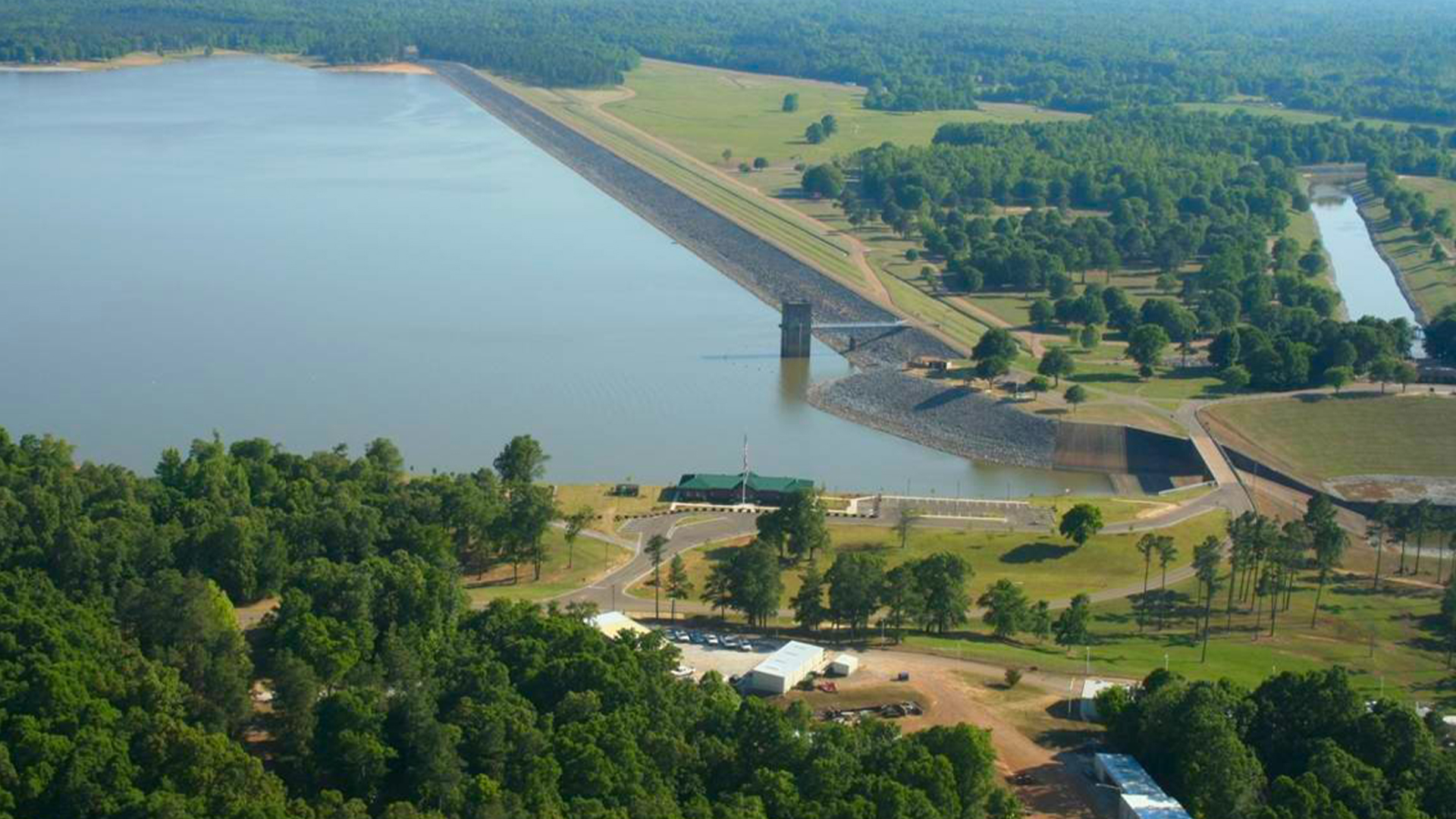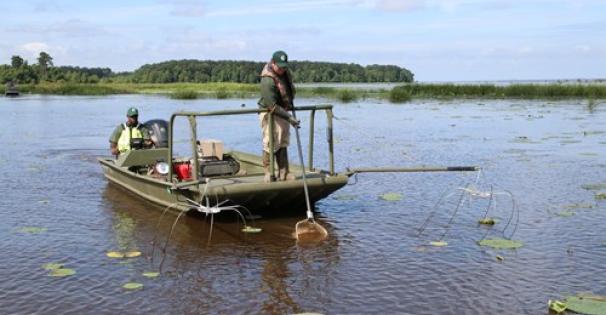
Fishing Report - Updated 3/30/24
| Bass | Some bass should be on beds this week. Target spawning areas (backs of coves, flats with flooded vegetation over firmer bottoms such as packed sand, 4-wheeler trails, or gravel roads) or deeper cover nearby for pre- and post-spawn fish. Fish search baits (buzzbaits, spinnerbaits, vibrating jigs), but keep another rod rigged with a soft plastic (lizards are good) or floating topwater to follow up a missed strike. |
| Crappie | Fish jigs and/or minnows 2 - 7 ft deep near any cover, whether boating, wading, or fishing along creek banks. Wading is getting less productive. Pre- and post-spawn fish have been suspending in the mouths of major creek coves and/or in cover near potential spawning areas. A tournament this past Saturday was won with 11.43 lb (5 fish); big fish was 3.04. There are a lot of "short fish"; use bigger baits and/or fish deeper to target larger crappie. Replace treble hooks with single hooks and/or pinch down the barbs to make releasing short fish faster and less damaging; it does no good to release dead fish. |
| Bream | Fish redworms or other natural baits near any cover (timber, brush tops, stake beds, riprap, etc.). |
| Catfish | Fish worms or stinkbaits in the river and creeks if there is rainfall runoff. Otherwise, fish various natural baits over main lake flats. Grabbling season opens May 1 to July 15, but the water's a little cool now. |
| White Bass | The spawning run should be about over. Fish sandbars in creeks or the river. Cast jigs or small crankbaits over hard-bottomed, sandy main lake points. There are no size or number limits on white bass. |
As the crappie spawn progresses, larger females are done, and smaller ones are moving in. Some males of all sizes are still spawning. Warm weather last week hastened the spawn. The weather should start warm but turn cooler and wetter by the end of the week.
The COE reported some dead white bass on the north side of the lake Tuesday. White bass are very susceptible to bacterial and fungal infections when stressed (post spawn).
Always check the links in the "Water Level" section for the lake level and if it's rising or falling. A big rain can change conditions quickly. Adjust to conditions like the fish do. Except for catfish, fishing is usually better on a slow fall than a fast rise. Water falling, fish deeper; water rising, fish shallower.
Crappie spawning starts when average daily water temperature at “fish depth” is about 58, peaks at about 65, and ends at about 75 F. Timing and duration of the spawn depends on temperature and water level trends, weather fronts, and moon phases. Fish will spawn shallower in rising water, deeper in falling water. Bigger females usually spawn first. Males of any size can be caught throughout the spawn. Males will stay on the nest until eggs hatch and fry swim up (4 - 7 days) even if the water rises or falls (unless the nest gets too shallow). Males of both Black and White Crappie get darker during the spawn; females do not change color. Historically, crappie spawn on the flood control reservoirs from the last week of March until about the first week of May, but it may shift earlier, later, or be split into two or more peaks due to weather and water fluctuations.

